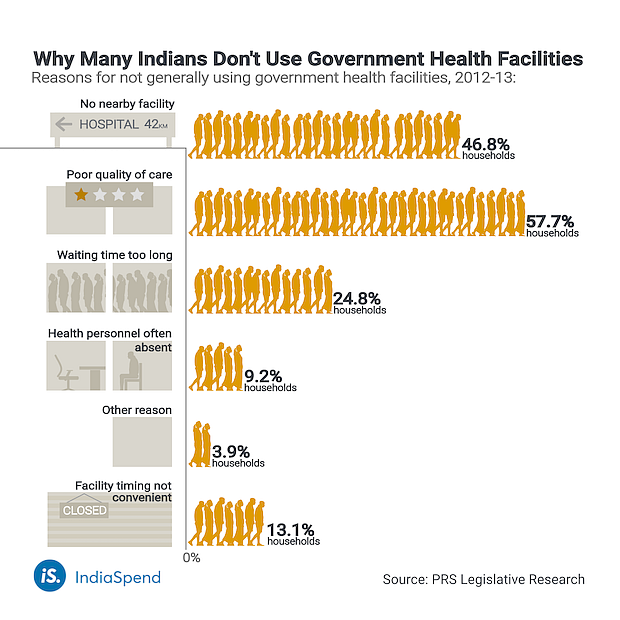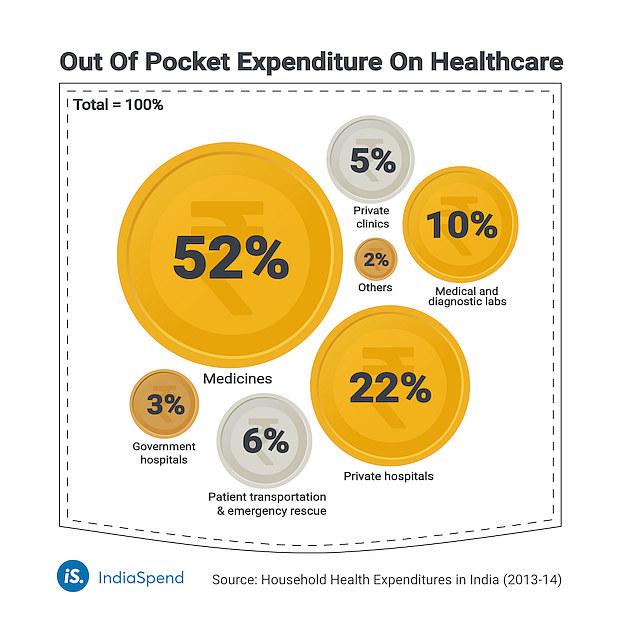It was April 14, 2019, the day of Vaisakhi that marks the spring harvest festival in large parts of India. Sadhana Karkare, 63, was performing morning prayers at the Shiva temple across from her home in the ancient temple town of Ujjain in the central Indian state of Madhya Pradesh. In a freak mishap, the flame of an earthen lamp touched her sari and she was engulfed within seconds.
Sadhana’s husband Pramod, 64, rushed her to the district hospital, where the medics said they were not equipped to treat burn injuries. Without administering first aid, they asked the Karkares to go to a hospital 38 km away. When the couple reached Choithram Hospital and Research Centre in Indore, doctors said Sadhana had suffered second-degree burns — 70% of her body had burn injuries. It took more than three hours for Sadhana to get treatment. She struggled for the next 48 days, but succumbed to her burns on June 1, 2019.
Death and disability due to burn injuries are preventable to a great extent if trained personnel provide timely and appropriate treatment, burn surgeon Rajpal Singh of Indore’s Choithram Hospital told IndiaSpend. Treatment and management of burns is a distinct branch of medical super-speciality, and trained personnel and dedicated burns units are usually located in cities and not in rural areas, he said.
For the millions affected by burn injuries in India each year, this lack of infrastructure means a slow, painful death.
More than one million people sustain moderate or severe burn injuries in India each year, the Ministry of Health and Family Welfare stated in its 2017-18 annual report. This is significantly lower than the seven million estimated in a study by researchers at Cambridge, Harvard and Johns Hopkins University and published in the medical journal The Lancet in March 2009.
Analysing multiple datasets about fire-related deaths in India for the year 2001, they estimated that seven million people sustained burn injuries in the country in 2001 and that 163,000 died as a direct result. This means that fire-related injuries caused 2% of all deaths in India in 2001, the study said.
The health ministry recognises that more people die due to burns injuries in India than due to malaria and tuberculosis.
Data extrapolated from information received from three government hospitals in Delhi suggest that nearly 140,000 people die of burn injuries annually. This comes to one death every four minutes due to burns.
Inadequately Trained Medical Personnel, Poor Treatment Facilities

For the millions of burn victims, there are 1,339 beds at 67 centres (hospitals with dedicated burn-care units), according to data compiled in 2016 by the National Academy of Burns-India (NABI); this is one of the most comprehensive assessments of the state of burn-care management in India by the academy, which counts 1,200 burn-care professionals as its members. Of the 1,339 beds, 297 are in intensive care units (ICUs) meant exclusively for patients with critical burn injuries. Of the 67 centres, 37--or more than half--are privately operated.
By the NABI’s own admission, its data are not exhaustive or definitive--so the exact number of treatment centres or patients is unknown. IndiaSpend’s requests to Directorate General of Health Services’ Sanjay Tyagi for further data and comments went unanswered. We also reached out to the National Health Mission’s Chhattisgarh head Priyanka Shukla and Chhattisgarh nodal officer Rajesh Sharma, but they did not answer either. We will update this story if we hear from them.
The data suggests that a large number of burn-care patients are likely to be treated in general wards, as opposed to special burn-care units in hospitals.
Even when hospitals do have the requisite physical infrastructure to treat patients, “there is a huge lacuna in providing the basic standards of care for acutely burned, as they are not the priority on the list of any surgeon’s work plan,” noted Shobha Chamania, a researcher and burn surgeon at Indore’s Choithram Hospital, in a 2010 research paper. “Patients can develop deformities while hospitalised and the caregivers are not responsible or accountable for it.”
According to a 2018 paper by researchers who studied India's healthcare capacity in providing appropriate and effective burns treatment,
Other factors that choke burns treatment include lack of awareness on burn first-aid, lack of personnel to treat burn injuries in hospitals, gaps in burn-care training for medical staff, poor hospital infrastructure and variation in treatment practices and rehabilitation services.
Out-Of-Pocket Expenses
More than 65% Indians do not use government health facilities because they are too far, are inadequately staffed and offer poor quality of services, according to PRS Legislative Research, an independent policy research organisation.

In the case of burns patients, relying on private hospitals adds to the burden of expense. As it is, those with burn injuries have the longest hospital stay among trauma patients — an average of eight weeks.
The average cost of a bed per day in other cases of trauma is Rs 700 for indoor patients. The same for a burns patient is ten times more.
The cost of treatment is also extremely high. The average cost of treating minor burns or second-degree burns is Rs 2,000 per percentage burn area of total body surface area (TBSA), according to a 2018 research paper. In case of major burns, the average cost escalates to Rs 6,000 per percentage burn area of TBSA.
The Karkare family realised this with each passing day as Sadhana Karkare struggled in hospital. The family spent, on average, Rs 23,000 per day on hospital expenses, which included medical and diagnostic tests, medicine costs, hospital service charges and other charges. For a middle-class family, the sudden out-of-pocket expenses were a setback.
Most health insurance schemes do not offer coverage for burn injuries, which are covered under “accidental death and disability”.
This is also the case for the Centre’s Pradhan Mantri Suraksha Bima Yojana, which the Karkare family was a beneficiary of.

Even as out-of-pocket expenses (OOPE) for healthcare declined from 69.4% in 2004-05 to 60.6% in 2015-16, there are no data on OOPE exclusively for burns cases in India. Chamania of Indore’s Choithram Hospital said a pan-India study on OOPE by burn victims is needed.
State Response
The health ministry attributes the high incidence of burn cases to illiteracy, poverty and low safety consciousness among people. A good way to address this would be to create awareness about burn injuries, said Arun Kumar Singh, who heads the National Academy of Burns-India.
In 2010, the ministry started a pilot programme in three medical colleges and six district hospitals in Haryana, Himachal Pradesh and Assam to create awareness to prevent burns and provide timely treatment. In 2014, the pilot became a full-fledged programme, the National Programme for Prevention and Management of Trauma and Burn Injuries (NPPMTBI), with a plan to set up burn units in 67 state government medical colleges and 19 district hospitals during the 12th five-year plan (2012-2017).
The programme has been extended until March 2020. For the 67 planned burn units, 47 medical colleges have been approved and 17 district hospitals identified for financial assistance. A Burn Data Registry is also envisaged and will be implemented at a national level to collect, compile and analyse data related to burn injuries.
(The writer, Purohit, is a senior content developer, researcher and documentary filmmaker based in Bhilai, Chhattisgarh. He likes to write on issues related to health, water and environment.)
(This article was originally published on IndiaSpend and has been republished with permission.)
(At The Quint, we are answerable only to our audience. Play an active role in shaping our journalism by becoming a member. Because the truth is worth it.)
